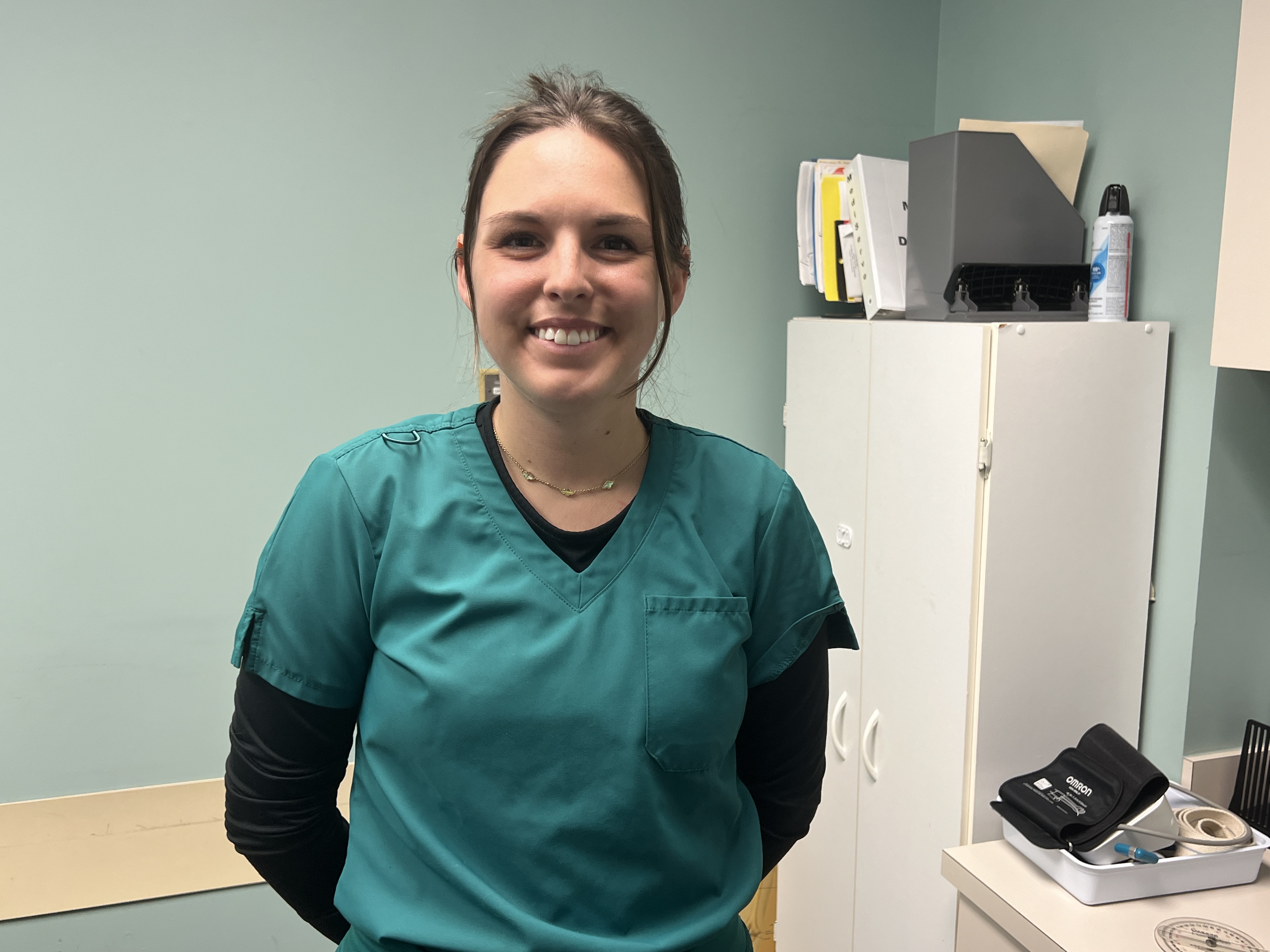Have Parkinson’s? We can help you get moving.
Neurology, Orthopedics
St. Joseph’s/Candler offers LSVT BIG®, a physical therapy program designed to help movement disorder patients with daily tasks
If you have Parkinson’s disease or another movement disorder, you may find daily tasks difficult, such as getting in and out of a car or even opening a cabinet door.
What you may not realize – but family and friends start to point out – is that you are also moving slower and taking smaller steps to get from point A to point B.
Because Parkinson’s and other movement disorders are progressive, neuro-degenerative disorders, movement is one area that is commonly affected because your muscles tend to get weaker.
“Some people with Parkinson’s and other movement disorders don’t understand or realize they are moving slower or taking small steps. To them, it feels normal,” says Chandler Royal, certified physical therapist at Candler Hospital Outpatient Rehabilitation Center.

That’s where Royal can help. In addition to her doctorate in physical therapy, she is also certified in a national physical therapy program designed for Parkinson’s and movement disorder patients called LSVT BIG®. LSVT BIG helps train people with movement disorders to use their body more normally.
“We cue them to make bigger movements, whether that’s bigger steps or swinging their arms more,” Royal says. “LSVT BIG also targets postural stability that people with Parkinson’s also have difficulty with. This program also helps with freezing episodes and getting over hurdles that affect daily activity.”
LSVT stands for Lee Silverman Voice Treatment, named after a woman living with Parkinson’s. The first program started by the organization is called LSVT LOUD®, which helps movement disorders patients speak louder and with more authority. St. Joseph’s/Candler offers LSVT LOUD through speech therapy at our Center for Oto-Neurology.
Related Article: Have Parkinson’s? We can help you find your voice.
What the patient should expect
Royal admits that LSVT BIG is a big – no pun intended – commitment. It’s four days a week for four weeks with each session an hour long. Additionally, you have daily exercises, functional component tasks and hierarchy tasks to do at home each day.
Your first session with Royal will be an evaluation of where you’re at physically to help determine the best individualized treatment plan. You’ll also discuss your goals and how to reach them.
“It’s catered to what you feel like you need to work on in regards to function,” Royal says. “It’s a combination of my input and the patient’s input. If someone doesn’t have an issue opening a door, we’re not going to work on that. It’s the things they feel they have the hardest time doing that we’re going to focus on.”
During physical therapy, you’ll do exercises to help you improve your walking motion and exercises to help with daily tasks. Each session ends with a BIG walk – pun intended this time – that cues the patient to take big steps, with big arm swings.
You will also be given exercises to do at home. For optimal results, on days you meet with Royal, you should do the exercise once a day. On the days you don’t have physical therapy, you should do them twice a day. Royal will adjust the exercises to meet your physical abilities.
You will also be given functional component tasks to practice at home. These can include activities of daily living that a patient is struggling with. For example, if you have a hard time stepping over objects, Royal can safely show you how to work on that at home.
There also are hierarchy tasks you may be asked to work on – depending on your goals – and these are often more involved than functional tasks such as getting into and out of a car, brushing your teeth or putting groceries away.
Does it sound like a lot? To some, it may, but Royal has seen the results, both with patients she’s worked with and through her research getting certified as a LSVT BIG physical therapist.
“People with movement disorders are my favorite population to work with because there’s so much benefit they can get from doing physical therapy,” Royal says. “The difference you see, even with a progressive disease, is so nice. Even if they are just trying to maintain their baseline, it’s rewarding.”
How to get an appointment
A physicals referral is required for outpatient rehab at any St. Joseph’s/Candler location. However, your referral doesn’t have to specifically be for LSVT BIG. You and your physical or occupational therapist will determine if you are a good candidate for LSVT BIG.
To request an appointment, go to our website or you can call the Candler Hospital Outpatient Center at 912-819-6176.